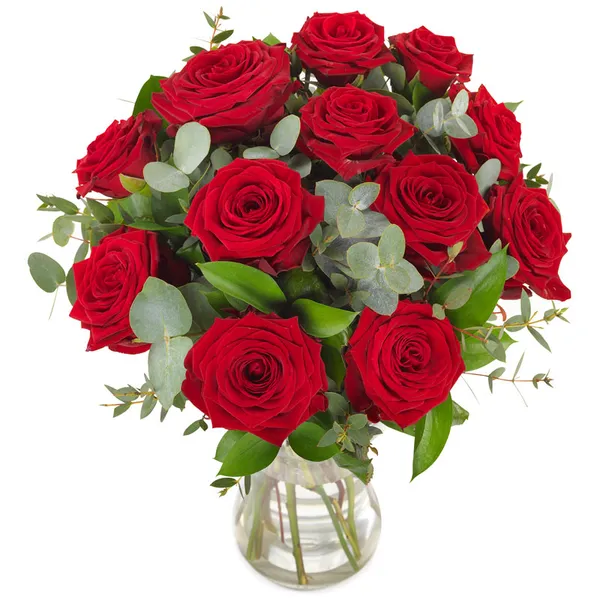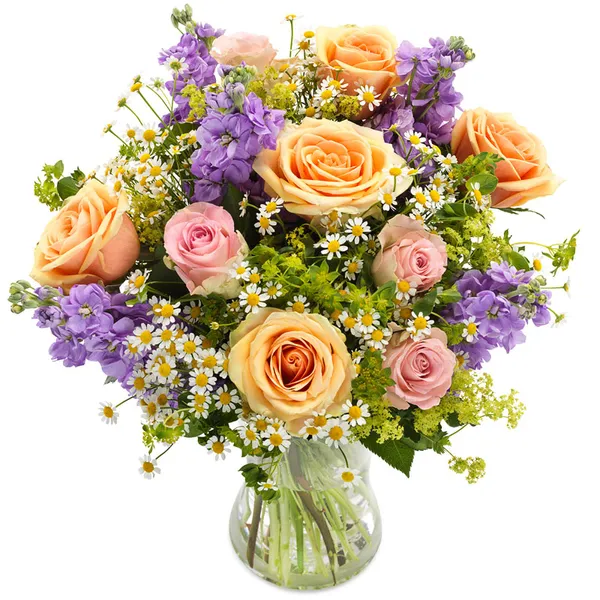Which Flowers Not to Send in Poland (and Why)
Giving flowers is a beautiful tradition in Poland, but sometimes a bouquet can create more awkwardness than joy. Here are some flowers choices that come with a small warning tag & what to consider when sending flowers to Poland.
1. Flowers with Negative (Or Mismatched) Symbolism
Red roses? Only for love
Universally known as a symbol of love and passion, red roses are perfect for romantic partners but inappropriate for teachers, colleagues or supervisors - that hidden meaning is the same in Poland. Such gestures might feel too personal or even uncomfortable. In those cases, opt for neutral tones like pink, cream, or mixed arrangements.
Yellow carnations signal rejection
Yellow can symbolise jealousy or betrayal in romantic contexts.
Yellow carnations meant "you have disappointed me" in Victorian flower language, making them risky for apologies. Spain and France still associate them with rejection, while Latin American traditions link yellow flowers to death.
A bouquet of only yellow carnations sent to someone versed in flower language creates an awkward situation. Mixed arrangements include various flowers, softening any single meaning - so do not be too afraid to send mixed yellow compositions. Yellow is a beatiful, energizing color, very popular both in spring bouquets and autumn compositions.
Black roses aren't subtle
Natural roses don't come in black — florists dye white ones or breed extremely dark red varieties. You're already sending something artificial, which adds to their meaning of endings and death.
Deep red roses say passion without the funeral vibes. Sympathy flowers should stick to whites and pastels rather than anything resembling black.
2. Cultural associations
Chrysanthemums
In Poland, cmall headed chrysantemums (specially in a pot) are strongly associated with funerals and cemeteries, not celebrations. Giving someone a chrysantemum-only bouquet on a happy occasion can be seen as tactless. Chrysantemums are a safe choice when mixed with other flowers in stylish compositions.
3. Flowers for people with allergies
Flowers like lilies, narcissi, or freesias produce strong scents and pollen, which can irritate allergy sufferers. Opt for low-pollen varieties such as pollen-free roses, eustomas, spray carnations, or orchids.
Practical flower selection
Ask florists about cultural considerations for your recipient rather than memorising Victorian flower meanings. Regional preferences matter more than historical symbolism for contemporary gift-giving.
Consider the occasion first. Funeral flowers need different treatment from birthday bouquets, regardless of Victorian opinions. Seasonal availability often determines options more than symbolic concerns anyway.
Conclusion
Some flowers carry centuries of negative symbolism — yellow carnations for disappointment, orange lilies for hatred, and petunias for anger. Victorian flower language had meanings to help people communicate in restrictive times.
These meanings persist in some contexts. Chrysanthemums remain funeral flowers in France, marigolds guide spirits in Mexico, and black roses suggest endings everywhere.
Know your recipient and occasion. Mixed bouquets, such as birthday flowers and sympathy arrangements, are safe choices.
Have you ever received a flower with an unexpected meaning?


